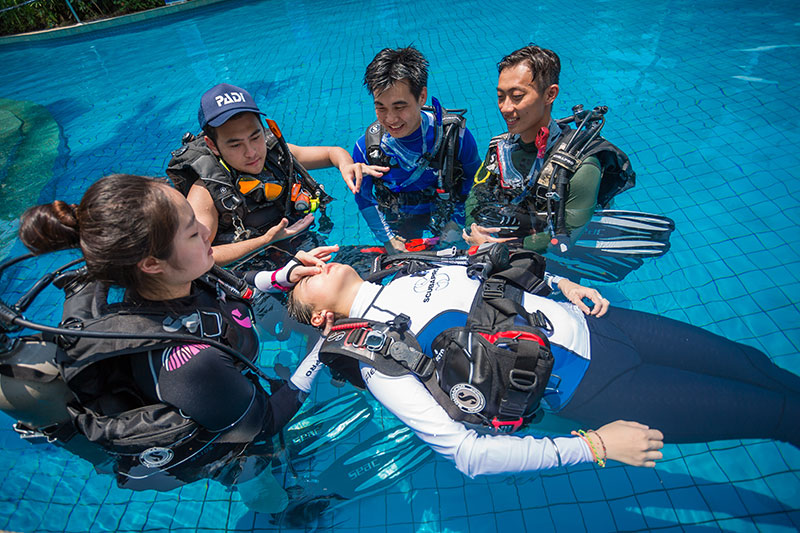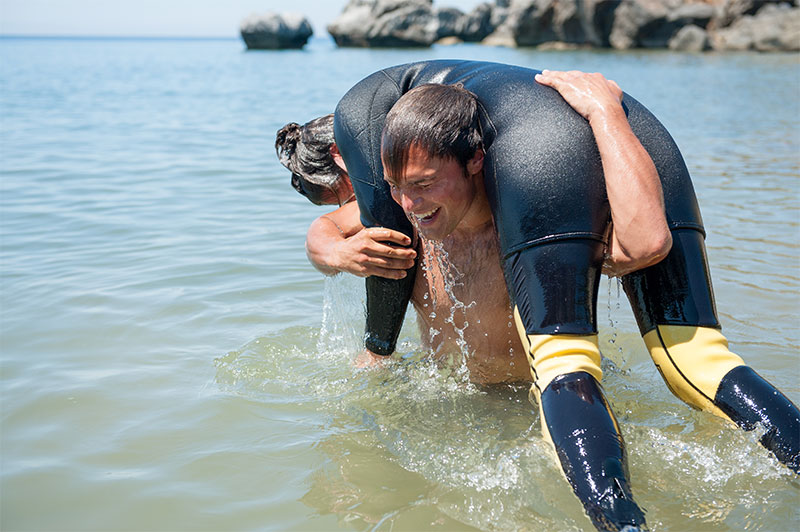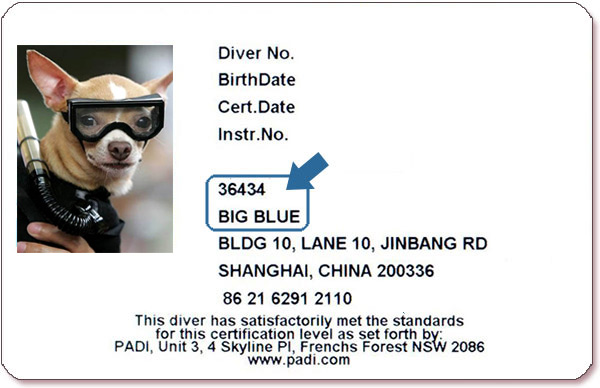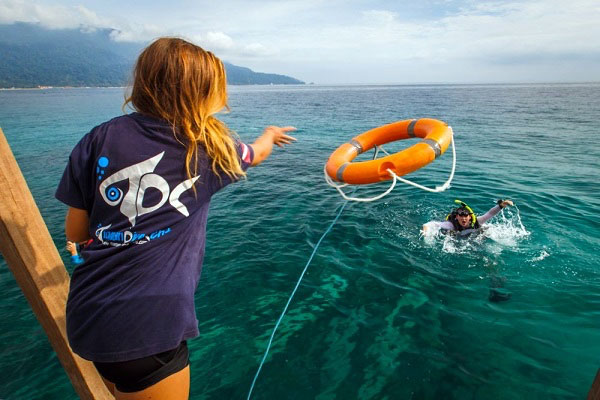The PADI Rescue Diver course is a pivotal step in expanding a diver's knowledge and experience. Rescue Divers learn to look beyond themselves, and begin to consider the safety and well-being of other divers. This is why the PADI Rescue Diver certification is a prerequisite for all PADI leadership-level training (PADI Divemaster, Assistant Instructor, and PADI Open Water Scuba Instructor).
Scuba divers describe the PADI Rescue Diver course as the most challenging, yet most rewarding course they've ever taken. Why? Because you learn to prevent and manage problems in the water, and become more confident in your skills as a diver, knowing that you can help others if needed.
During the course, you learn to become a better buddy by practicing problem solving skills until they become second nature. Plus, the course is not only serious, it is also fun. It allows for lots of laughter in between the focused learning.
How to Get Started
- Be 12 years of age or older
Note: 12 to 14-year-old divers may earn a Junior Rescue Diver certification. - Be certified as a PADI Advanced Open Water Diver or have a qualifying certification from another training organization
- Completed the EFR Emergency First Response Primary and Secondary Care training within 24 months
What You Will Learn

The PADI Rescue Diver course prepares you to deal with dive emergencies, minor and major, using a variety of techniques. Through knowledge development and rescue exercises, you learn what to look for and how to respond. During rescue scenarios, you put into practice your knowledge and skills. Topics include:
- Self rescue
- Recognizing and managing stress in other divers
- Emergency management and equipment
- Rescuing exhausted divers at the surface and underwater
- Rescuing panicked divers at the surface and underwater
- Rescuing unresponsive divers at the surface and underwater
These skills will be practiced extensively during the course, so if you are to ever find yourself in a situation where you need to use them, they will come naturally.
At the end of this course you will become a far more confident diver, able to not only look out for yourself but look out for other divers as well.
Course Setup
- Complete your PADI eLearning online before your scheduled class begins.
- Complete all required rescue skills training and scenarios in open water (typically completed over two days).
* Note: EFR Emergency First Response students need 1 additional day to complete Primary and Secondary Care training.
Our Price

Full Certificate Course
- Qiandao Lake: RMB 3,980 (Course Duration: 2 days)
- Includes: PADI eLearning materials, instructor fees, use of dive equipment, pocket mask, dive insurance, round-trip transportation from local hotels to the dive site, lunch on dive days, and open water dives.
- Not included: Accommodation and any items not listed above.
Optional Extras
- PADI Rescue Diver course eLearning material: RMB 790
- PADI Rescue Diver Refresher (1 day): RMB 1,980
- Includes: instructor fees, , use of dive equipment, dive insurance, round-trip transportation from local hotels to the dive site, lunch, and open water dives.
Discount
Big Blue Members
At least one of your c-cards should have our shop information on them. If the dive center number is '36434', the name is 'Big Blue', then you are a Big Blue Member.

Close
You may enjoy one of the following discounts (only one option can be applied):
- 5% off for 2-3 participants enrolling together.
- 10% off for 4 or more participants enrolling together.
- Special package price when enrolling in both the EFR + PADI Rescue Diver course package courses.
Students eligible to receive a 5% discount on all equipment and additional classes purchased at Big Blue.
How to Enroll
Option 1: Add us on WeChat (ID: leighchen001), complete your course payment, receive your PADI account, and log in to begin the self-study portion.
Option 2: click the 'Sign Up' button below, fill in your information, and submit any questions you may have. We will contact you shortly by email or phone for further assistance.
FAQs
- I completed a Red Cross First Aid course last year. Do I still need to take the EFR course if I enroll in the PADI Rescue Diver course?
No, you don't. The Red Cross First Aid course is recognized as an equivalent qualification to the EFR (Emergency First Response) course. You simply need to present your valid first aid certification when enrolling in the PADI Rescue Diver course. If you have any questions regarding equivalent certifications, please feel free to contact us at any time.

